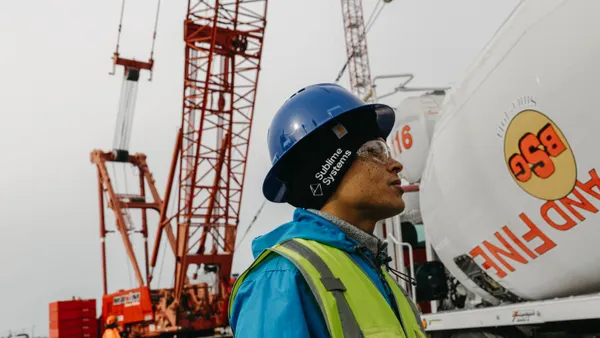Dive Summary:
- Blocks made of expanded polystyrene – stiff but with compressible air pockets – can give natural gas pipelines a way to remain intact even if the ground around them moves several feet.
- The concept of using geofoam was tested in Utah, where an expected fault movement could have the land sinking around a pipeline that crosses a fault line, effectively meaning the pipe would have to rise up through overlying soil so it could stay connected..
- Engineers also have tested using geofoam as a shock absorber next to foundation walls of buildings in earthquake areas, allowing the structure to move without encountering all the surface pressure of compacted soil.
From the article:
Lightweight and stiff as a board, a plastic foam material is being used to protect Utah’s natural gas pipelines from rupturing during earthquakes. ...













